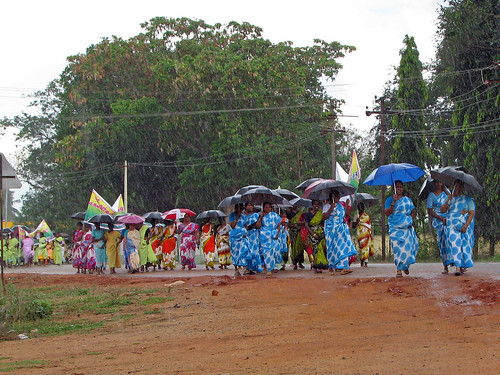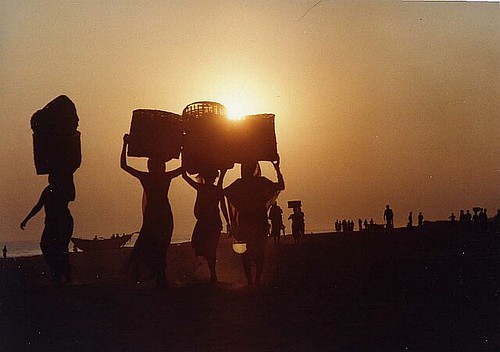La India, located in the heart of Asia enjoys a wide range of climates. The best known is the phenomenon called monsoon, which lasts throughout the boreal summer. Its main characteristic is the long, torrential rain. It travels the country from south to north raising the humidity rate. The monsoon brings floods and problems as a consequence in the country's road networks, which in themselves leave much to be desired regardless of the climate at the time.
It is only from September when the monsoon decreases in intensity. The east coast of the country is the last area to feel its effects, but already in December the Indian climate stabilizes completely, becoming cooler and more temperate. Winter in the north is cold, consequence of the proximity to the Himalayas, while the south stays hot. For spring, during the first third of the year, the climate of the center of the country is temperate. Temperatures in that area soar between March and May with temperatures that have even reached 48 degrees Celsius, a heat that decreases with the onset of the monsoon, completing the previously described cycle.
The best time of year to visit India is between November and March, basically during the dry season.. Northern cities such as New Delhi or Agra enjoy a very good climate, as does the center of the country. The south, despite the monsoon that starts in the middle of the year, is usually permanently hot. To go to the Himalayas and see the highest mountains in the world it is best to prepare a trip in August or September, when the monsoon has not yet reached that area of the country.
Monsoon rains determine India's tourist routes. Although in theory there are seasons, they cannot be clearly differentiated throughout the year. Its geography is the key to understanding this climate melting pot, from the snow-capped mountains of the Himalayas, which register the lowest temperatures in the country, to the paradisiacal islands of Laccadives, in addition to its enormous extension of more than three million square kilometers. The Indian Ocean is also a factor influencing the climate development of the country. Sometimes, tropical cyclones originating in the sea bring as a consequence rains on the coasts, especially to the south. Basically in India the seasons of spring, summer, monsoon, which replace autumn, and winter are present.


